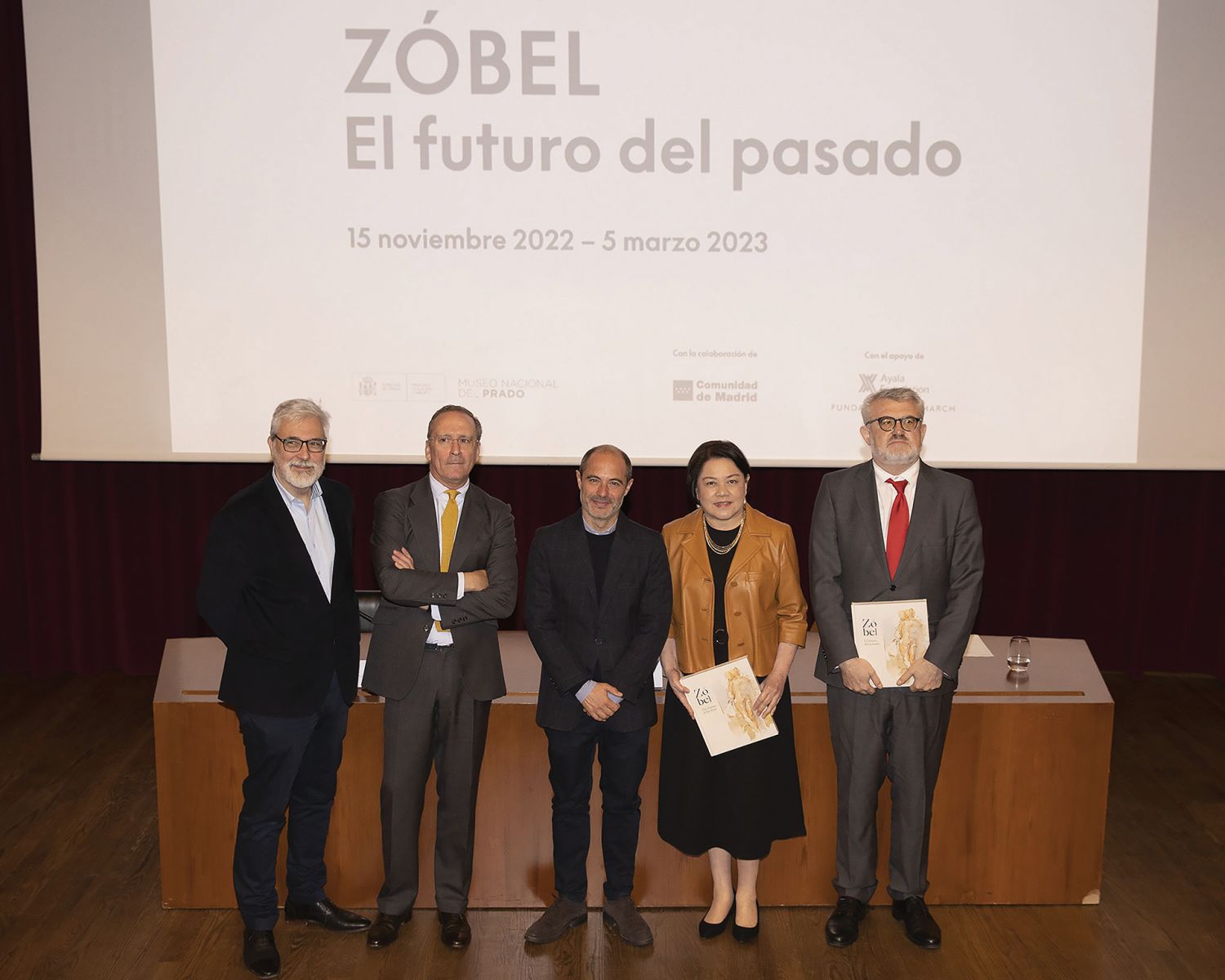Museo Nacional del Prado reconstructs the creative process of painter Fernando Zóbel, shedding light on his lengthy dialogue with the great Old Masters
Born in Manila in 1924 to the illustrious Spanish-Filipino clan, Fernando Zóbel de Ayala y Montojo remains one of the revered modernist painters and educators in the Philippines, Spain and the USA.
His invaluable contribution to the arts is not only limited to his paintings but also his teachings, collections and his founding of the Ateneo Art Gallery in Manila (1961) and the Museo de Arte Abstracto Español in Cuenca (1966).
As he was a key figure in the art scene of the second half of the 20th century, Museo Nacional del Prado, with the Communidad de Madrid, pays tribute to Zóbel by exploring his work through two themes. The first theme comprises the studies he has made in museums around the world, especially in Prado, reconstructing his poetic and artistic journey with the Old Masters of the West. Second is the geographical and international nature of his exploration of the traditional arts of the Philippines, Japan and China which enabled him to discover his modernist style.
See also: Fernando Zobel: Get to Know the Artist and His Dreams

The future of the past, the exhibition inside Room C of the Jerónimos Building, was curated by Felipe Pereda, a Fernando Zóbel de Ayala professor of Spanish art at the University of Harvard, and Manuel Fontán del Junco, director of museums and exhibitions at Fundación Juan March. It features 42 paintings, 51 sketchbooks and 85 drawings and graphic works from collections in Spain, the Philippines and the USA, divided into five sections and an appendix (Room D) that contains original documents and graphic material, as well as an unreleased film about Zóbel’s sketchbooks. The exhibition will be on display until March 5, 2023.
Zóbel, throughout his life, invited us to look closely at the work of the great masters and understand their art. His transnational perspective on art appreciation had always manifested in his art, thus showing us art’s limitless possibilities instead of being insular.
See also: 500 Years of Christianity in the PH: The Influence of Catholicism in the Filipino Arts






